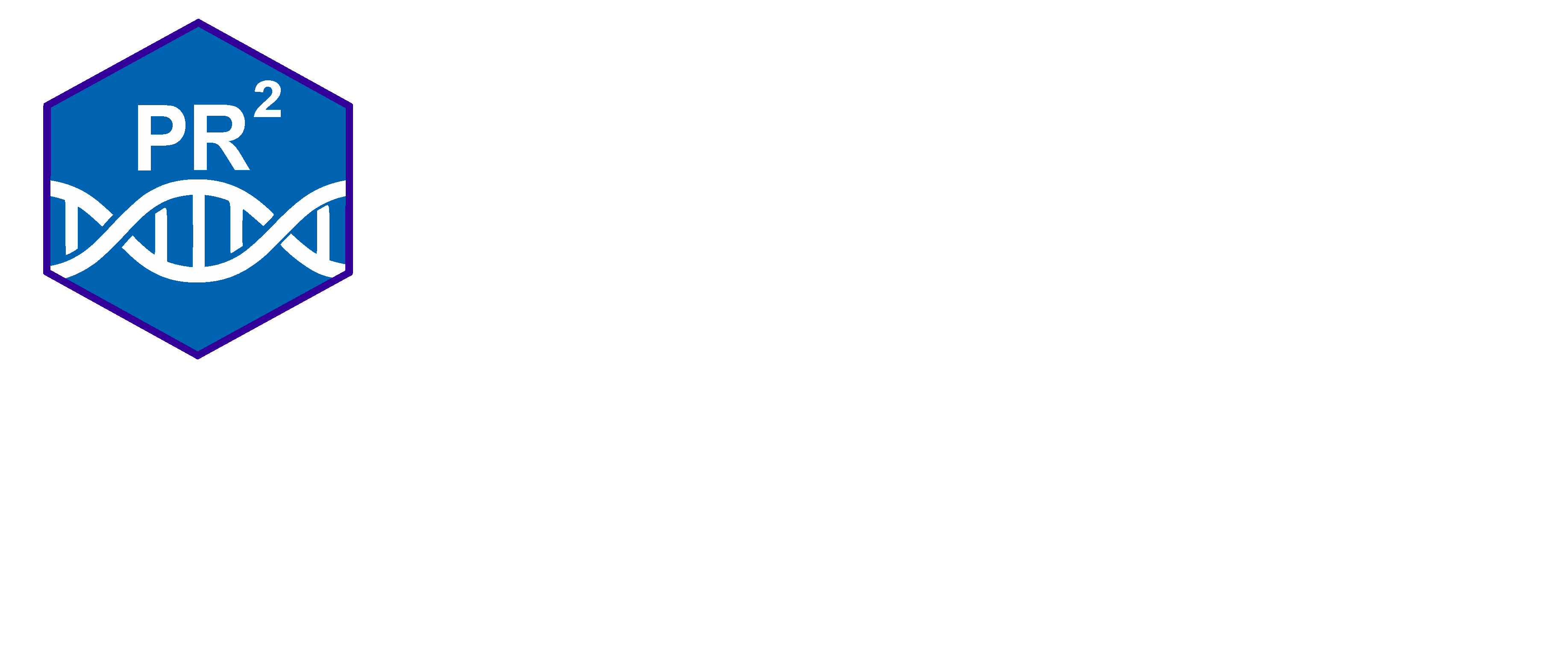The PR2 database was initiated in 2010 in the frame of the BioMarks project from work that had developed in the previous ten years in the Plankton Group of the Station Biologique of Roscoff. Its aim is to provide a reference database of carefully annotated 18S rRNA sequences using eight unique taxonomic fields (from domain to species). At present it contains about 220,000 sequences. A number of metadata fields are available for many sequences, including geo-localisation, whether it originates from a culture or a natural sample, host type etc… The annotation of PR2 is performed by experts from each taxonomic groups. One very important project in this respect is EukRef which has recently decided to merge its effort with PR2. EukRef has built bioinformatics pipelines that have been used during three workshops dedicated to specific taxonomic groups.
-
Version: 5.0.0
-
Released: 2023-04-06
- Daniel VAULOT, Asian School of the Environment, Nanyang Technological University, SINGAPORE
- Javier del CAMPO, University of Miami, USA
- Guillou, L., Bachar, D., Audic, S., Bass, D., Berney, C., Bittner, L., Boutte, C. et al. 2013. The Protist Ribosomal Reference database (PR2): a catalog of unicellular eukaryote Small Sub-Unit rRNA sequences with curated taxonomy. Nucleic Acids Res. 41:D597–604.
The PR2 primer database is a compilation of primers found in the litterature with an in silico analysis against the PR2 database.
The metaPR2 metabarcode database is a compilation of metabarcode datasets processed by the dada2 R package and assigned against PR2.
- Register to our element.io discussion board
- Please report any issue on GitHub







